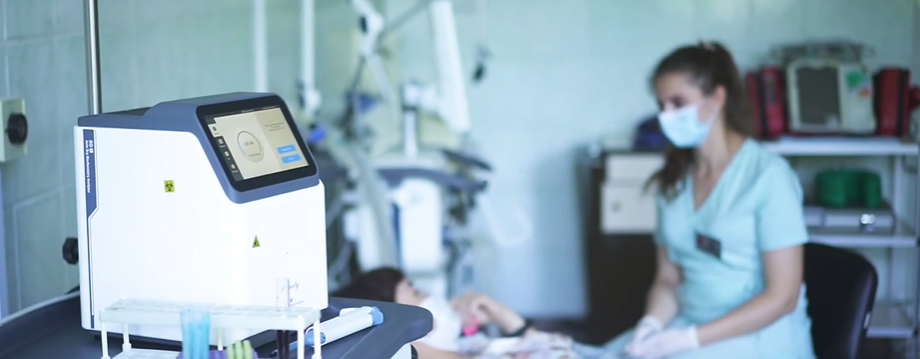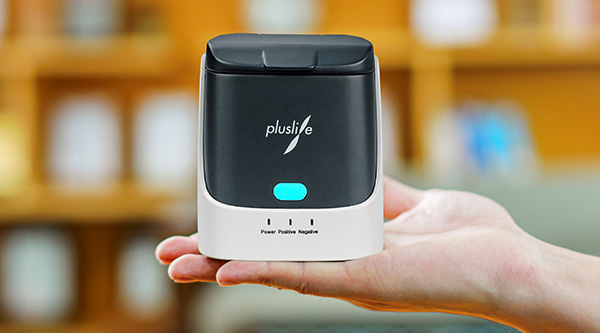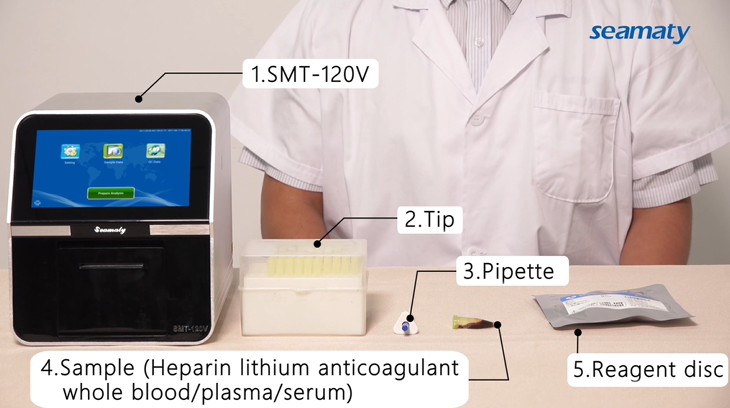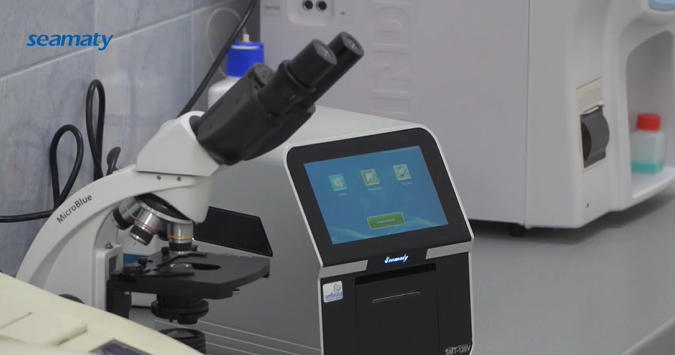Point-of-care (POC) testing is a type of medical test that can be performed at the bedside or in another location outside of a
traditional laboratory setting. This type of testing offers many benefits, including convenience and timeliness.
In this blog post, we will provide an overview of POC testingand discuss some of its most common applications. We will also highlight some of the factors to consider when choosing a POC test.
What is point of care testing and what are some of its benefits?
Point of care testing (POCT) is a rapidly growing field that offers many benefits over traditional laboratory testing. POCT allows medical professionals to obtain test results more quickly, often within minutes or hours instead of days. This can be critical in emergency situations, when every minute counts.
In addition, POCT can be performed at the bedside or in other patient care areas, eliminating the need for patients to travel to a separate laboratory. This is not only more convenient for patients, but it can also improve patient outcomes by reducing the risk of delays in diagnosis and treatment. Finally, POCT is often less expensive than laboratory testing, making it more accessible to patients and healthcare providers.
What are some common applications for point of care testing?
Point of care testing can be used for a wide variety of diagnostic applications. Some of the most common uses for POCT include:
1.Blood sugar testing for diabetes patients
2.Cholesterol testing
3.Pregnancy testing
4.HIV/AIDS testing
5.Drug and alcohol testing

What factors should be considered when choosing a point of care test?
There are many factors to consider when choosing a point of care test, including the type of test, the intended use, the patient population, and the budget. Some important questions to ask when selecting a POCT include:
1.What is the purpose of the test? Is it to diagnose a disease or condition, to monitor a patient's progress, or to screen for a particular condition?
2.Who will be using the test? Will it be used by trained medical professionals or untrained personnel?
3.What is the patient population? Are the patients generally healthy or do they have chronic illnesses?
4.What is the budget? Is there a limit on how much can be spent on each test?
How should point of care tests be stored and maintained?
All point of care tests (POCTs) should be stored according to the manufacturer's instructions. Most POCTs need to be refrigerated at 2-8 degrees Celsius, although some may need to be frozen at -20 degrees Celsius. It is important to check the storage requirements for each type of POCT before use. In addition, all POCTs should be used within the expiration date listed on the package. After the expiration date, the test may no longer be accurate.
What are some quality control measures that should be taken when using point of care tests?
There are several quality control measures that should be taken when using point of care tests, including:
1.Checking the expiration date before use
2.Following the manufacturer's instructions carefully
3.Keeping track of who uses each test and when it was used
4.Storing the tests according to the manufacturer's instructions
5.Discarding any expired or damaged tests
What are some common errors that can occur when using point of care tests?
There are several common errors that can occur when using point of care tests, including:
1.Using a test past the expiration date
2.Not following the manufacturer's instructions carefully
3.Misinterpreting the test results
4.Not storing the tests properly
What are the potential risks associated with point of care testing?
There are several potential risks associated with point of care testing, including:
1.False positive results, which can lead to unnecessary anxiety or treatment
2.False negative results, which can delay diagnosis and treatment
3.Wrongly identifying the patient as the source of a disease or condition when they are not actually infected
4.Cross contamination between patients if the tests are not used properly
What are some tips for using point of care tests?
There are several tips that can help users get the most accurate results from their point of care tests, including:
1.Checking the expiration date before use
2.Following the manufacturer's instructions carefully
3.Storing the tests according to the manufacturer's instructions
4.Discarding any expired or damaged tests
5.Taking quality control measures to ensure accuracy
Are there any drawbacks to using point of care testing in place of traditional laboratory tests, and how can they be overcome?"
Point of care testing (POCT) is a growing trend in the medical field, as it offers a number of advantages over traditional laboratory testing. POCT can be performed quickly and conveniently at the bedside, without the need to send samples to an off-site lab. This can save time, money, and reduce the risk of errors that can occur when samples are transported.
In addition, POCT can provide results more quickly, which can be invaluable in emergency situations. However, there are also some potential drawbacks to using POCT. First, POCT devices are often more expensive than traditional lab tests.
In addition, POCT results may not be as accurate as laboratory results. While the accuracy of POCT has improved in recent years, there is still room for improvement. Finally, some hospitals or clinics may not have the infrastructure in place to support POCT. While POCT offers many potential benefits, these drawbacks should be considered before implementing a POCT program.



